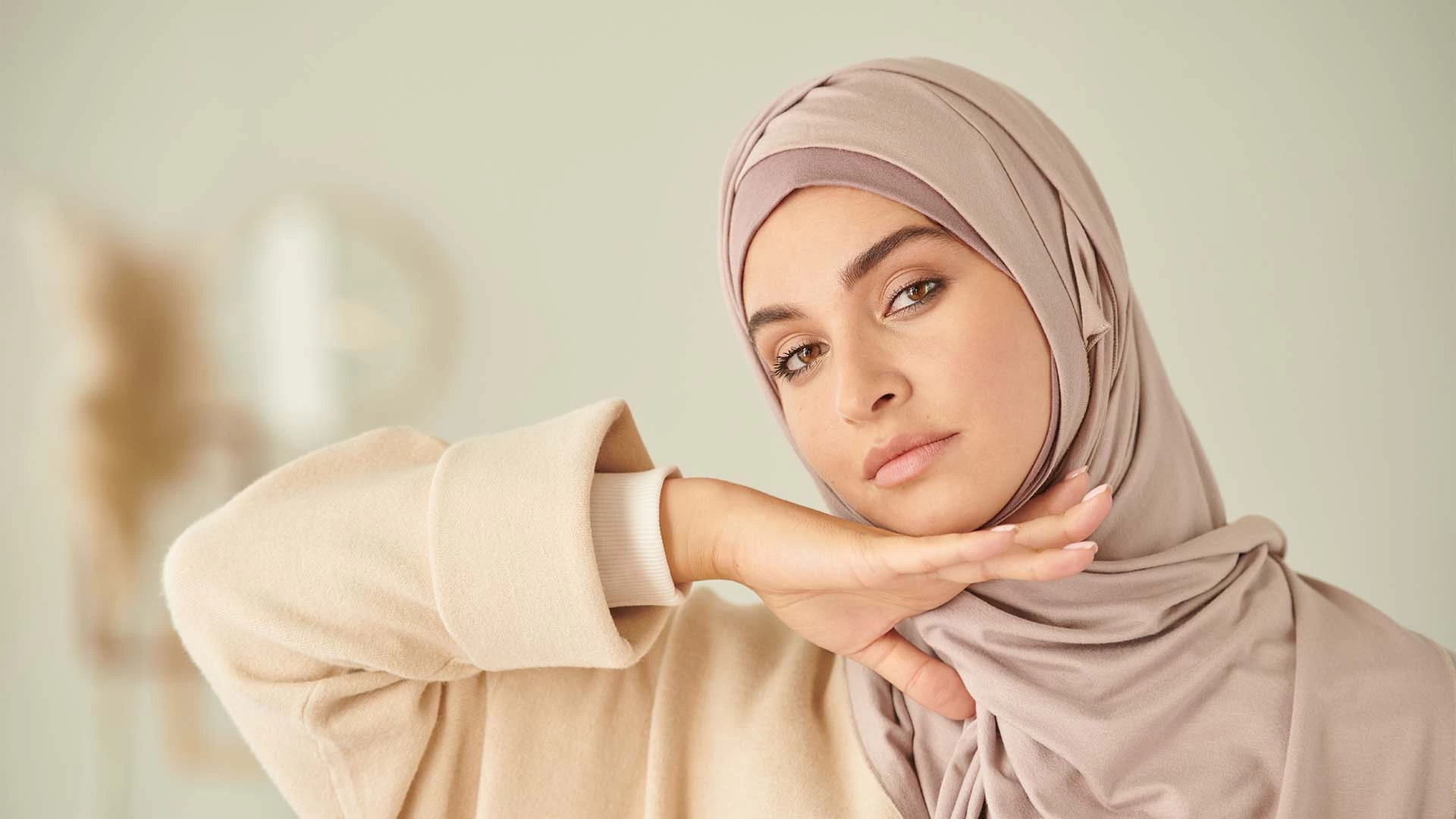<script type="application/ld+json">
{ "@context": "https://schema.org", "@type": "FAQPage", "mainEntity": [{ "@type": "Question", "name": "Do facial pigmentation marks disappear?", "acceptedAnswer": { "@type": "Answer", "text": "If you're wondering about the causes of facial pigmentation and how to remove them, they can fade depending on the type and depth in the skin. Mild melasma, for example, o


Types of Facial Pigmentation
Many people wonder about the types of facial pigmentation, as it's one of the most common skin concerns. It often results from a disturbance in melanin production—the pigment responsible for skin color. These pigmentations appear as dark spots or uneven skin tone and may be caused by sun exposure, hormonal changes, inflammation, or even certain medications. The types of pigmentation vary depending on the cause and the depth of the discoloration. Understanding each type is essential to choosing the right treatment
What Are the Types of Facial Pigmentation?
Facial pigmentation affects many women and can alter natural skin tone. It's usually due to melanin imbalance, leading to dark spots or patches. Some pigmentations are superficial and easy to treat, while others are deeper and require medical intervention. Identifying the type and cause helps build an effective treatment plan. Common contributing factors include sun exposure, hormonal fluctuations, skin inflammation, certain medications, and genetics. Areas like the forehead, cheeks, and chin are especially prone
Main Types of Facial Pigmentation
- Melasma
- Freckles
- Sunspots
- Post-inflammatory hyperpigmentation
- Age spots
- Deep or mixed melasm
- Causes of Facial Pigmentation
Pigmentation results from internal factors like hormones or external triggers like the sun. UV exposure inflames the skin, speeding pigmentation—especially after acne or using harsh products. Some medications or health issues can also contribute. The severity and pattern vary based on skin type and cause, so accurate diagnosis is key for effective treatment.
Top Causes:
- Unprotected sun exposure
- Hormonal changes (e.g., pregnancy or birth control)
- Inflammation or acne scars
- Harsh or fragranced products
- Medications or hormonal shifts
- Genetics
How to Remove Facial Pigmentation in a Week
Follow a strong skincare routine to fade pigmentation quickly:
Use Vitamin C serum to renew skin cells.
Apply creams with niacinamide or kojic acid.
Gently exfoliate with suitable products.
Use sunscreen SPF 50+.
Use anti-pigmentation moisturizers suited to your skin type.Facial Pigmentation Treatment
If you're looking for effective, safe solutions, mesoestetic offers top skincare treatments that combine science and technology for long-term results.
Best mesoestetic Products for All Pigmentation Types
mesoestetic offers effective products with active ingredients to treat pigmentation at all stages and naturally brighten the skin. The Dermamelan Home Kit is among the most popular treatments for pigmentation from sun or hormonal changes. It visibly reduces dark spots, improves texture, and boosts radiance.
Melan tran3x is another top product that not only fades dark spots but also reduces melanin production in affected areas.
Why Choose mesoestetic?
All mesoestetic products are safe, effective, registered with health authorities, and made with high-quality active ingredients. They're suitable for all skin types (oily, dry, combination, sensitive), and target pigmentation caused by hormones, aging, sun exposure, or pollution.
FAQs
Can facial pigmentation go away?
Yes—depending on the type and depth. Mild cases respond well to treatment, while deeper ones may improve but not fully disappear. Commitment to treatment and sun protection is essential.
What’s the best cream for pigmentation?
The best creams contain hydroquinone, niacinamide, or kojic acid. mesoestetic’s melan tran3x and cosmelan protocol are top global solutions that safely and effectively fade dark spots.
Is pigmentation dangerous?
Usually no. It’s mostly cosmetic and linked to melanin overproduction from sun, inflammation, or hormones. But in rare cases, it could signal medical issues. If pigmentations appear suddenly, irregularly, or with symptoms, see a dermatologist.
Conclusion
Understanding the types and causes of pigmentation is the first step toward lasting treatment. Each type needs a tailored strategy involving sun protection and specialized products. Sometimes, professional procedures like laser or peels may be required. Pigmentation isn’t just cosmetic—it may reflect internal changes. Daily care and avoiding triggers, especially unprotected sun exposure, can prevent or reduce pigmentation. With the right routine and expert advice, you can restore your natural glow safely and effectively.
News & Related Articles




